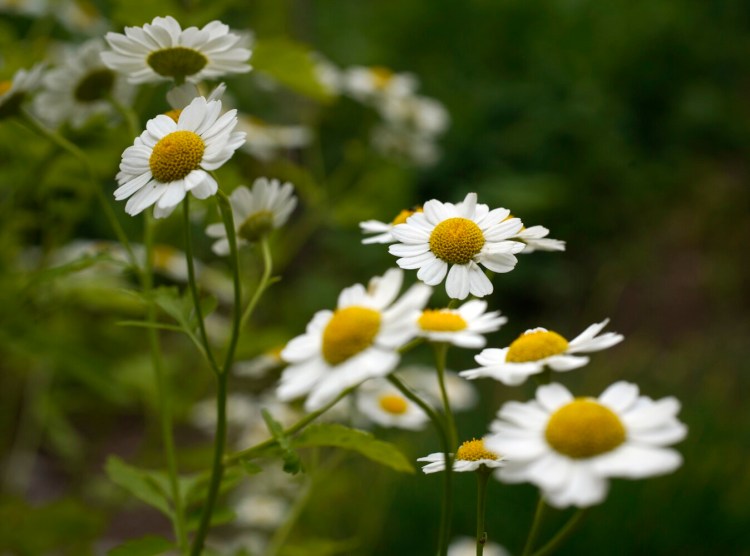Our garden is always a joy, but it can aggravate us at times.
This year’s major garden aggravation was the drought. It was mostly dry from May 16 to June 28, when we had the only decent, heavy rain of the summer, and then the dryness resumed and continued to our first frost on Oct. 10. Our rain barrels were bone dry much of the summer. (We finally got a good, soaking rain on Oct. 13, too late to do much good.)
The lack of rain didn’t hurt our garden much, as we are luckier than most: I’m am healthy enough to haul hose all over the property whenever I think the garden needs watering, and we are financially secure enough that the boost in our Portland Water District bills didn’t do any damage to our lifestyle.
For people who get their water from wells, for those less well off in health and/or finances, the drought was a serious problem. And I still fear something like the fires of 1947, the scars of which I remember seeing across the state when I was growing up in the 1950s.
Because we’ve finally got some rain, I may stop watering. If the drought had continued unabated, I would have given any tree, shrub or perennial that I planted or transplanted this year the equivalent of an inch of water a week until the ground froze and watered the rest of the perennial beds – but not the vegetable garden or lawn – a couple more times.

The whole shebang: an overview of Atwell’s garden, captured in early July. Gregory Rec/Staff Photographer
The flowers were wonderful, from the first early bulbs like crocus and Iris reticulata in March through the asters, fall sedums, rudbeckia, some hydrangeas and even the dahlias, which survived the first frost, that are still blossoming as I write this column.
Our garden wasn’t the only one blessed with prolific flowers, either. Several friends, both Facebook friends and the old-fashioned kind (friends we actually meet, in other words), have regularly posted gorgeous garden photos. Taking walks around town or drives to get groceries or takeout meals, I noticed that many area gardens looked super. Even one of our Endless Summer hydrangeas looked just like the promotions said they should, although the other two were as dismal as we have come to expect.
Now comes, I fear, the topic of the year, but it took me about half the column to get to it.
Part of the reason for the great flowers, of course, is that people have been stuck home, thus spending more time tending the garden plants they already had as well as adding new ones. These well-tended gardens, plus the gardening skills many Mainers developed while doing the tending, will provide enjoyment for the future, whether the COVID restrictions continue next gardening season or not.
The vegetable garden also flourished.

Pea pods in Atwell’s garden in early July. Though Atwell planted early and late season varieties, in truth the harvest came pretty much all at once. Gregory Rec/Staff Photographer
That said, I wish I could spread out the pea season more successfully. Both the early-season and late-season peas ripened within a week of each other, giving us only about month to eat peas fresh from the garden. In that compressed period, we harvested more than we could eat so we ended up giving a lot away.
We had cucumbers in early July, and tomatoes, beans and summer squash from late July on, to go with the lettuce that we began harvesting in late April. The raspberries, potatoes, onions and garlic also did well. Two varieties of basil, which I got in a sample pack from Burpee, did very well.
Following the advice I got from Ramona Snell for a column I wrote about tomatoes, ours did better than ever. We especially like cherry-sized tomatoes, and the Midnight Snack (which starts out black), Sweet 100 and Sun Gold grew wonderfully. The fruit of Sun Gold tends to split late in the season, but that didn’t happen much this year. The slicing varieties – we went with some heirloom varieties – produced enough for us to eat fresh whenever we wanted. We gave up canning them years ago (and unlike the rest of America, apparently, we didn’t return to it this year).
I harvested the butternut squash – our favorite of the winter storage squashes – right after the first frost, getting eight good-sized specimens from two plants. That is about the perfect amount for my wife Nancy and me.
One thing I do have to do is figure out ways to protect our blueberries and peaches. The peaches, which were thriving, suddenly disappeared over three nights. Some people have blamed raccoons for peach thievery and they may be the culprits in our case, too. As for the blueberries, I think birds and chipmunks got them. There will be netting in our future. Those black scare-cat metal cutouts that I tried this year were cute but not much help keeping fruit predators away.
Now we store our vegetables and tools, and then have the whole winter to think of other garden improvements.
Tom Atwell is a freelance writer gardening in Cape Elizabeth. He can be contacted at: tomatwell@me.com.
Send questions/comments to the editors.



Comments are no longer available on this story